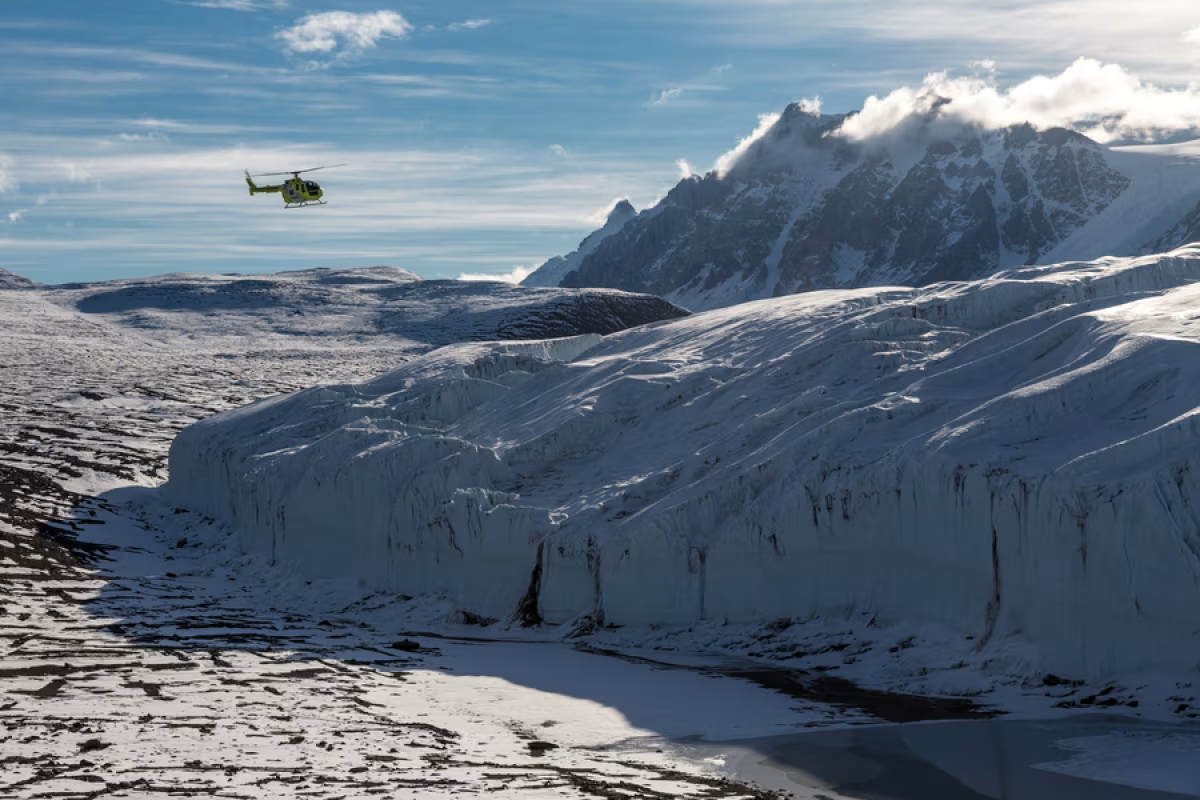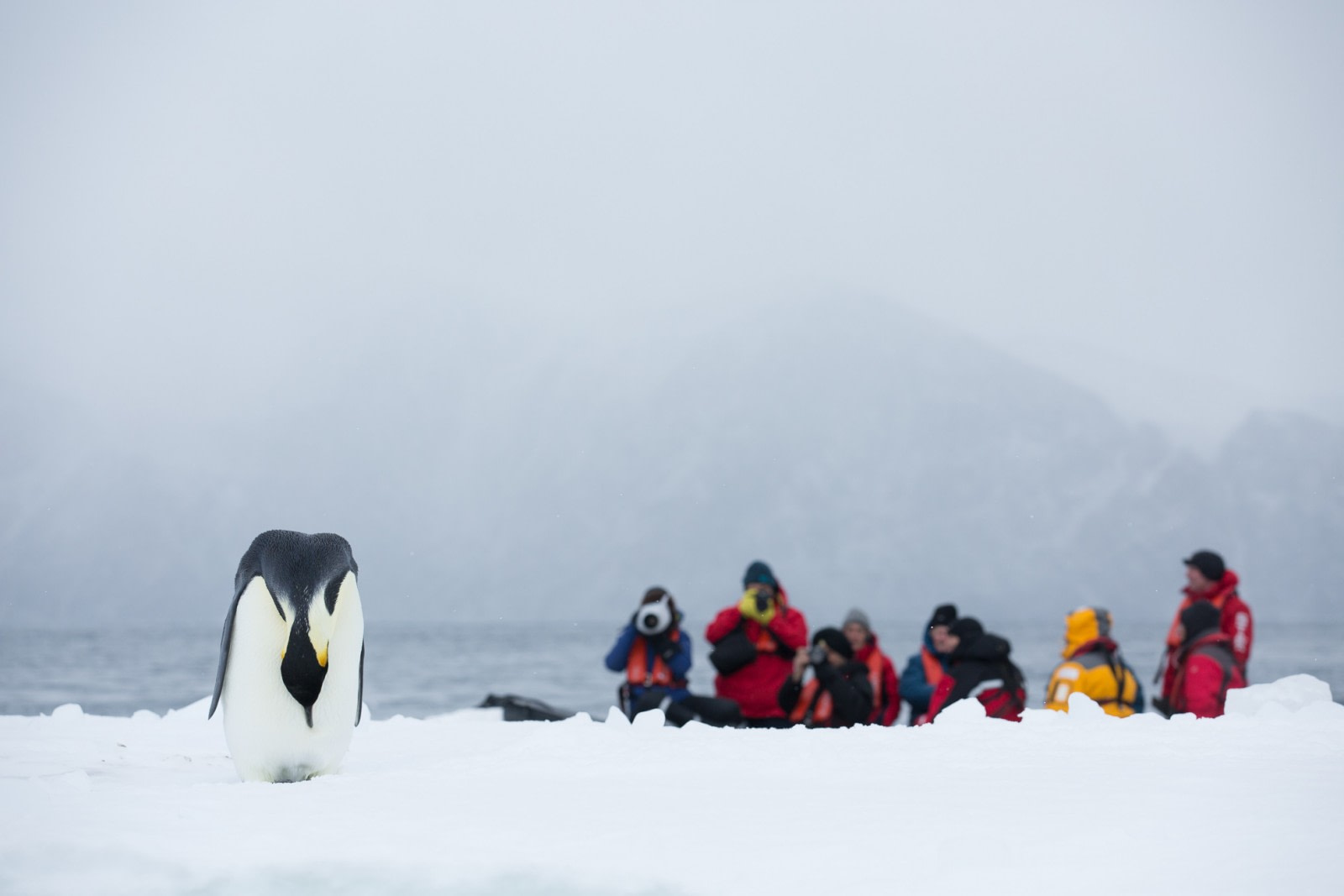The radiant but underrated Ross Sea
In our quest for the little-known holiday destination (that’s still popular enough to have its own fully developed spa and gift shop), we travelers sometimes overlook the truly underrated gems this planet has hidden up its sleeve.
One such gem is the Ross Sea, more than 600,000 square km (246,000 square miles) of sprawling berg-packed bay even many ardent polar enthusiasts never see.
Nestled icily between Antarctica’s Victoria Land and Marie Byrd Land, the Ross Sea is one of the world’s least-visited polar destinations. Its remoteness, severity of weather, and month of unbroken icepack keep it largely removed from the common sheaf of Antarctic “hotspots”.
But that needn’t keep you from seeing it, and here are five reasons why you should.
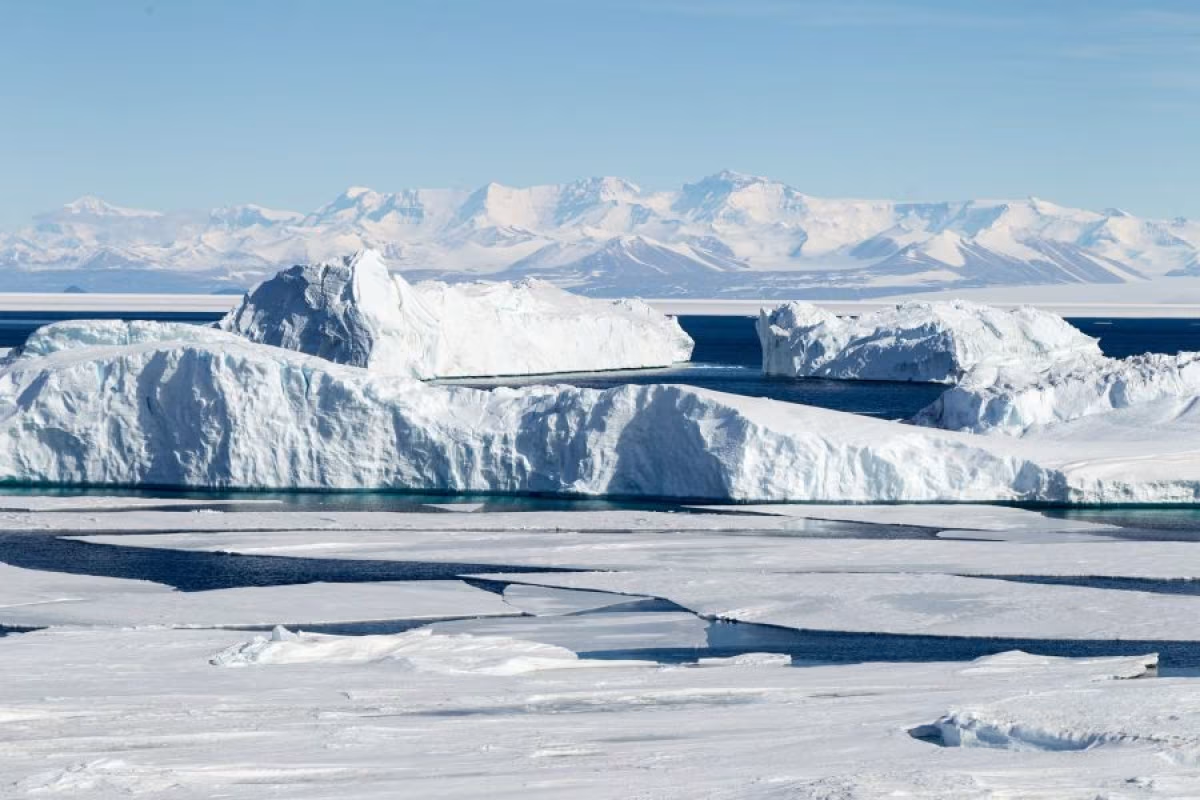
1. Ross Sea wildlife is among Antarctica’s most abundant
If some of the marquee penguin species (emperors and Adélies, for example) aren’t enough to draw you, consider some other members of the Ross Sea wildlife cast: orcas and minke whales, Weddell and leopard seals, petrels and skuas and near-limitless other seabirds.
With 1,000 invertebrate species, 95 fish species, and 10 mammal species, the Ross Sea will give you more animals to gush over than you’ll have ability or time to gush.
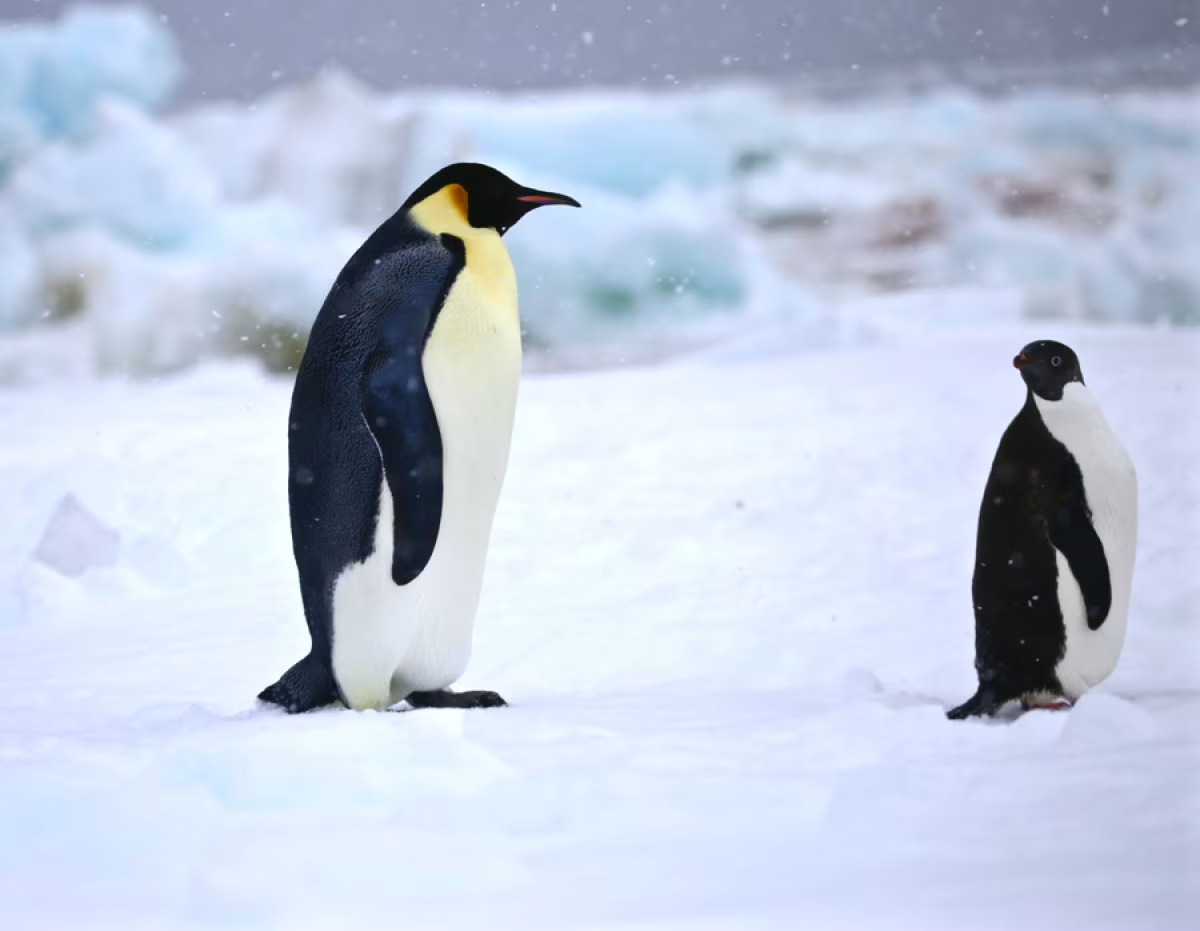
2. The Ross Ice Shelf is the largest ice formation of its kind
It’s not every ice shelf that has dimensions comparable to some large countries. The 500,809-square-km (193,363 square miles) Ross Ice Shelf is not only as big as France, it also has far less traffic.
The Ross Sea Ice Shelf is several hundred meters thick, and like most floating ice formations, hides about 90 percent of its mass below the water’s surface.
Still, your Ross Sea cruise will show you the lion’s share of this spectacular phenomenon: The ice front that’s exposed to the sea (and your bulging eyes) is more than 600 km (370 miles) long and towers 15 to 50 meters (50 to 160 feet) above the surface of the sea.
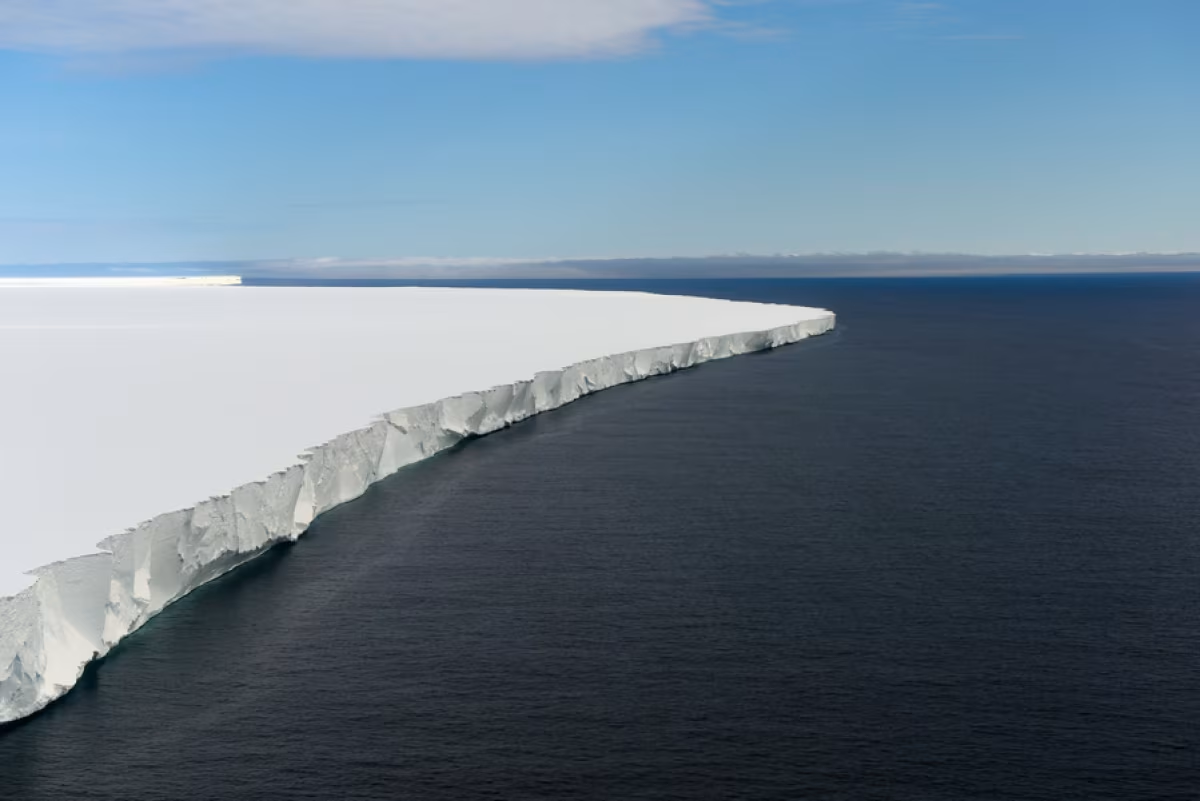
3. Some of the world’s greatest expeditions took place in the Ross Sea
Shackleton, Scott, Borchgrevink – many of the bravest, boldest, and toughest polar explorers ever to cement their immortality did so in the Ross Sea.
Standing as silent evidence of their trials are three huts these discovers built to survive the cruel Antarctic winters. And to answer your next question, yes: You can see these huts on your Ross Sea voyage. In fact, our route is partially built around visiting them.
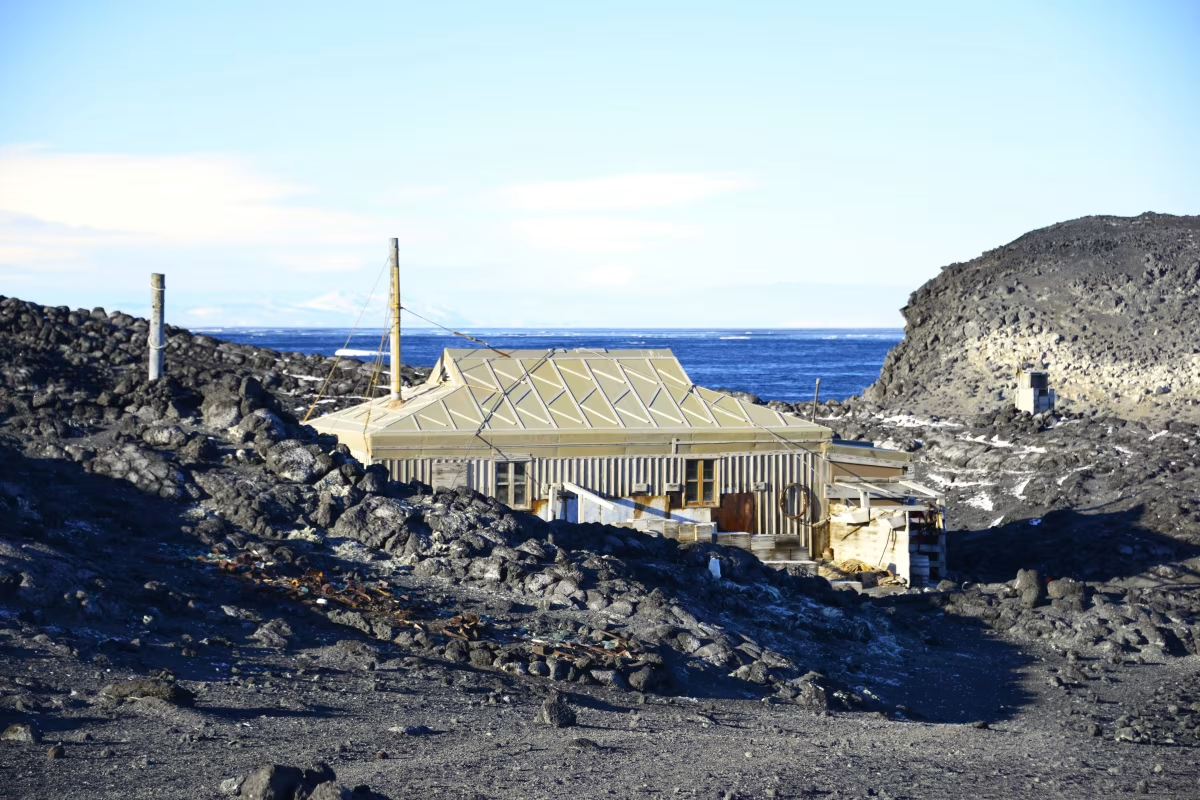
4. The Ross Sea has the southernmost active volcano on the planet
Even if you’re not a volcano lover, most of us would concede that paying tribute to the world’s most southern lava-spitter is a good way to appease the Fire Gods.
It’s also one hell of a bragging right: Not only is Mount Erebus the second-tallest volcano in Antarctica, standing a precipitous 3,794 meters (12,448 feet), it’s also the sixth-highest mountain on the continent. It’s also been active for about 1.3 million years.
Age before beauty indeed.
That’s one very long lifespan, especially when your job is sneezing floods of flaming magma out of pressurized chambers deep below the planet’s crust.
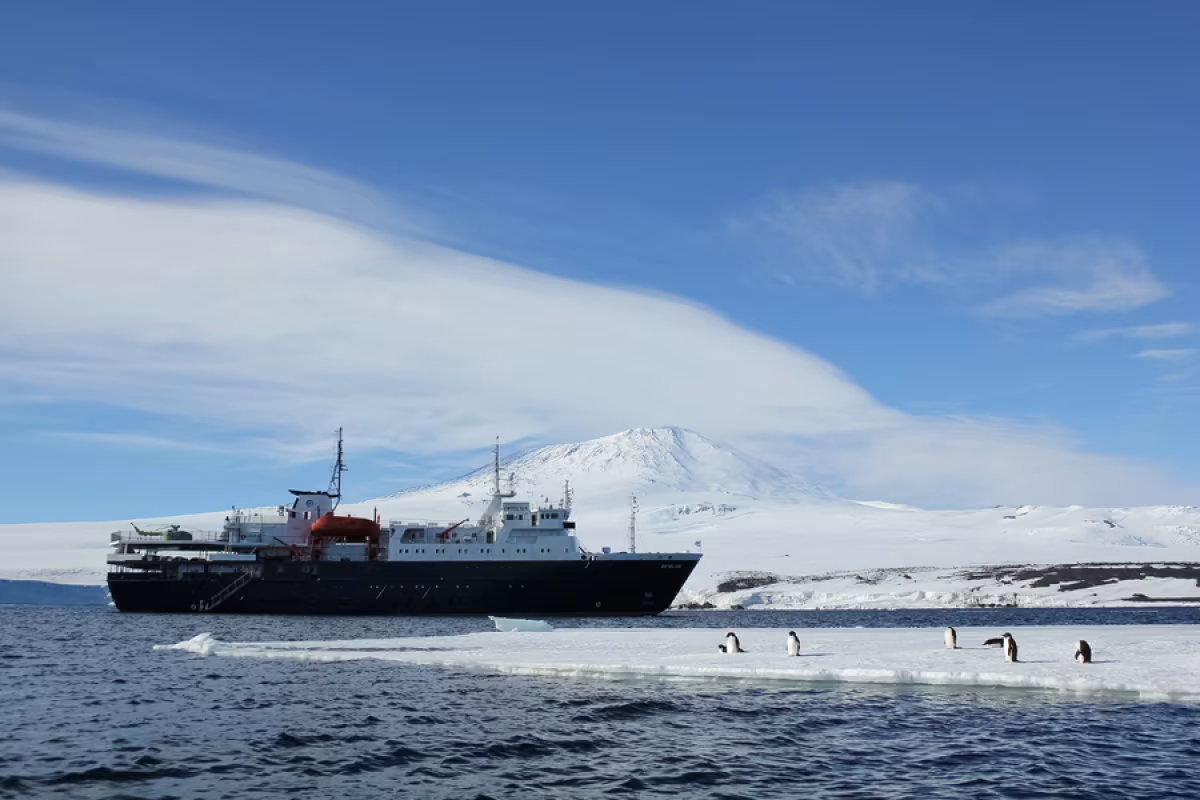
5. Earth’s second-largest marine reserve is in the Ross Sea
This fact is perhaps the best testament as to why the Ross Sea is such a precious polar location.
After years of hard work, marine protection for the Ross Sea was achieved in 2016. This was done by the Commission for the Conservation of Antarctic Marine Living Resources (CCAMLR), which from 2005 had been working to secure conservation for the area.
Why is this so important, aside from the obvious importance of protecting the world’s flora and fauna from the impacts of commerce?
Well, the answer exists in much of this article. The Ross Sea, unlike most places on Earth, still remains largely unaffected by human activity. (Even polar travel there is restricted.)
It has an unusually rich biological diversity, and it’s also breathtakingly beautiful. And if there’s a better reason to visit a place than that, we’re not sure what it is.
Bonus reason: helicopters
Did we forget to mention the helicopters? Oh, yeah. Those too.
When you sail with us, you can enjoy everything we just mentioned – as well as soar over the snowy expanses of the Ross Sea wilderness in a helicopter. Though we certainly have our own theories about how amazing this is, we’ll let you decide for yourself.
